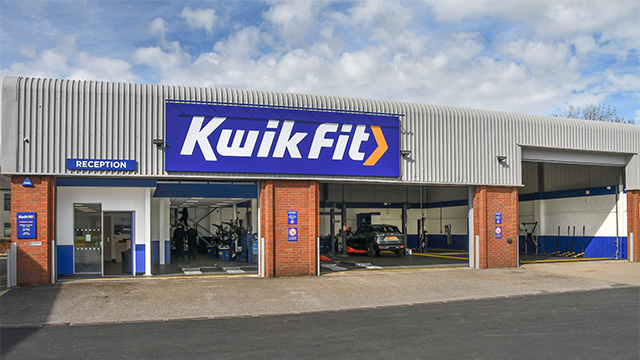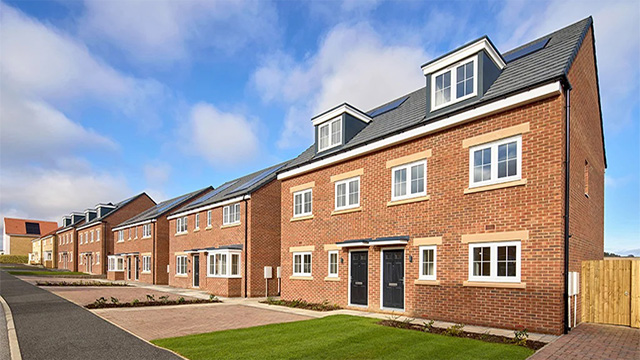COMMENT: In May we welcomed James Murray, London’s deputy mayor for housing and regeneration, to SEGRO Park Rainham, a key development within our East Plus joint venture with the Greater London Authority, writes SEGRO chief executive David Sleath.
East Plus is everything that is good about public-private partnerships – an 86-acre regeneration project across the London boroughs of Havering, Newham and Barking and Dagenham, unlocking land that had lain dormant and replacing it with 1m sq ft of industrial space.
It is a great example of this type of partnership and there is much to build on in mayor Sadiq Khan’s draft London Plan.
The London Plan’s aims are bold, with an annual housing target of 65,000, a 35% affordable housing threshold for “fast-track” homes, putting design quality centre stage and with a focus on building around transport hubs.
At SEGRO we also welcome an important policy shift at City Hall as part of the plan – there will be no further net loss of industrial floor space across the capital.
However, despite its laudable aims, there are some aspects of the London Plan that don’t add up: it calls for more homes, more green space, more industrial and more offices.
How can all these objectives be delivered?
According to the draft London Plan, it will be through an increase in intensification, the like of which has not been seen before, at least in Western Europe.
Attractive though that may sound to some, the scale of overall intensification required to deliver the GLA’s goals simply isn’t deliverable.
In the case of warehouses, intensification or multi-storey use is coming – at SEGRO we have built them recently in Paris and Munich – but the concept is still in its infancy, and many sites will never lend themselves to intensification at all.
So much land within the M25 is now ugly, neglected scrubland which most people would not recognise as green belt – but which cannot be developed because it is classified as such
Some customers are so desperate to enhance their “last-mile” delivery capabilities that they will take almost any well-located space with good access – multi-storey or not.
However, many customers simply can’t or won’t be able to operate their businesses in shared, multi-storey industrial buildings.
It will take many years before multi-storey is the accepted norm and even then it won’t suit every business.
The danger with adopting a plan where such intensification is demanded is that not much will get built at all – that can’t be good for businesses and it isn’t good for London.
The capital needs considerable new warehouse space to meet the burgeoning demand to service its growing population and, of course, to provide suitable employment opportunities for Londoners.
The GLA’s journey towards intensification is good news, but what we really need is a full-scale review of the sites earmarked for strategic industrial use to ensure planning does not take place in a piecemeal fashion.
And we need a policy framework that encourages intensification for the right sites, but one that also allows flexibility for continuing single-storey development in others.
Between 2001 and 2015, more than 15% of London’s industrial land was released for other uses, with the capital now facing a severe shortfall.
If wholesale intensification of all brownfield land isn’t viable, then how can London deliver the homes and the employment space it needs?
The only answer is to raise a prospect the draft London Plan shies away from – allowing the development of edge-of-London green belt to accommodate employment and residential use.
Earlier this month, a heavyweight group of MPs, peers and think-tanks made a submission to new housing secretary James Brokenshire calling for “scrappy” green belt land near train stations to be used to ease London’s housing crisis.
So much land within the M25 is now ugly, neglected scrubland which most people would not recognise as green belt but which cannot be developed because it is classified as such.
But why stop at homes in the green belt? We should be far more flexible in releasing land for jobs and homes – and nothing less than a comprehensive review of London’s green belt is needed to ensure the capital can meet its needs.
The success of East Plus shows that the public and private sectors can work together to find much-needed new solutions for the capital’s problems.
The draft London Plan is a bold and aspirational document, but it is crucial that it also takes a grounded, realistic and pragmatic approach to accommodating the capital’s growth.
A full-scale review of strategic industrial land and London Plan policy, combined with a review of green belt, would be an important start.











